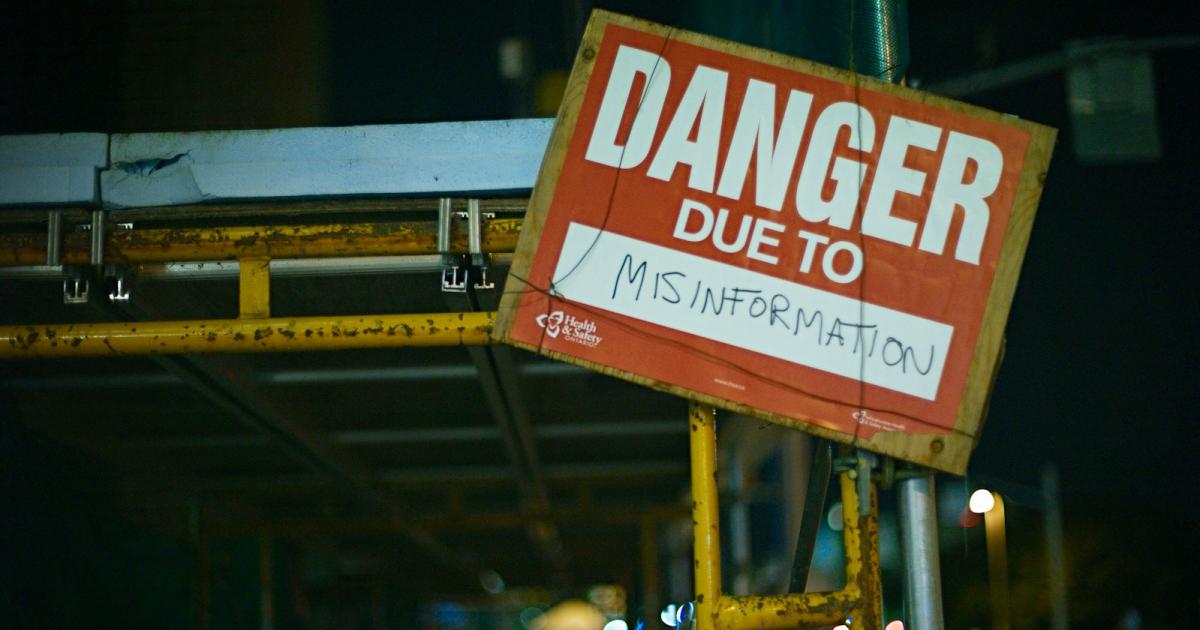This was conducted in March 2023 with approximately 1,010 US teens ages 13-17 and a similar number of adults. 60% of teens said they agreed with at least four of the conspiratorial statements presented to them, compared to 49% of adults. Among young people who say they spend at least four hours a day on one or more social media, the percentage rises to 69%.
Statements in question included “the risks of vaccines are hidden by the medical establishment,” “Jews have disproportionate control over the media, politics, and the economy,” “there is a deep state embedded in the government operating in secret,” and “mass migrations in the Western world are a deliberate policy.” For multiculturalism and part of a plan to replace whites.
The nonprofit behind this investigation is called the Center for Countering Digital Hate (CCDH). As its name suggests, it is primarily concerned with combating hate content online. Part of the survey aims to check whether participants are aware of the risks of spreading hateful content online. At this level, the generation gap has become even more pronounced, this time in favor of young people: 83% of those aged 13 to 17 agree with the statement that hurtful or insulting comments on the Internet have consequences in the world. – Compared to 68% of adults.
One in five parents agree with both statements that social media has a negative impact, on the one hand, on young people’s mental health, and on the other hand, on their physical image.
Studies conducted in recent years on which groups are most at risk of falling into misinformation traps have often found mixed results: all age groups and all socio-economic classes, men and women, are affected to varying degrees. Despite the fact that teenagers At least as bad as adults The exposure of fake news has been a reminder for nearly a decade Not because they were “born” with these tools They are more alert.
However, even when certain groups turn out to stand out more than others, one factor seems to make a big difference: the fact that information is primarily obtained through social media.
This investigation follows a conference organized by the Advisory Council on Human Rights in 2022 in Washington, with representatives from the United States, the European Union and a few other countries, where it proposed possible legislative solutions: in particular, regulating platforms in a way that ensures that the “product” is safe for the public. , especially minors.
In the introduction to his new documentThe head of the Advisory Council on Human Rights does not hide the intentions of his work: “There is no global standard for holding accountable these very powerful entities” that represent social media platforms. This is despite ample evidence of its “powerful negative impacts on our mental health, our families, our communities, science, tolerance, and the integrity of our democracy itself.”

“Music guru. Incurable web practitioner. Thinker. Lifelong zombie junkie. Tv buff. Typical organizer. Evil beer scholar.”







More Stories
Espace Ko is expanding
China's Chang'e 6 space probe sets out to explore the hidden side of the moon
Prostate cancer: plant foods against its development